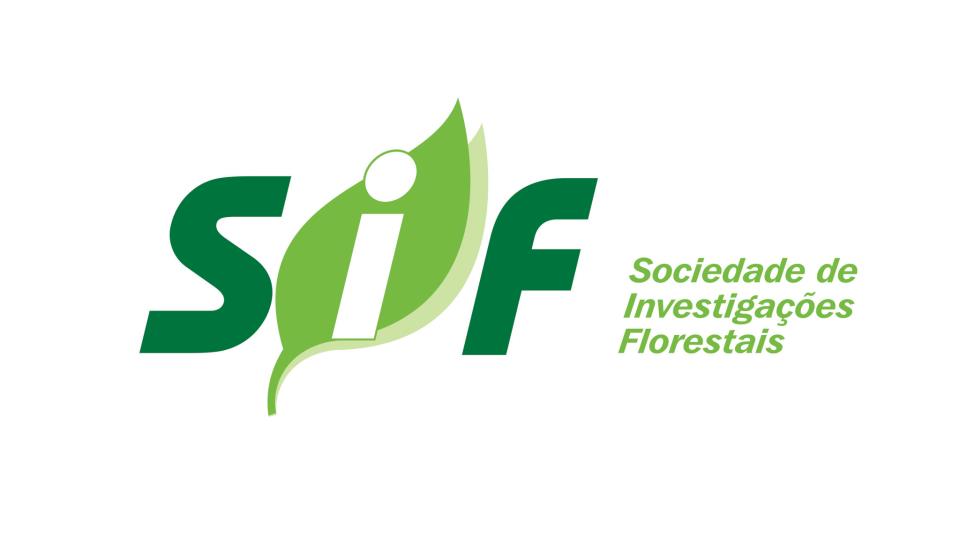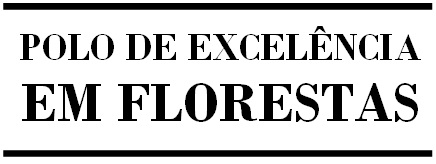Biblioteca Florestal
Digital
Digital
Inventário arbóreo em dois bairros paulistanos, Jardim da Saúde e Vila Vera, localizados na subprefeitura de Ipiranga

JavaScript is disabled for your browser. Some features of this site may not work without it.
| dc.contributor.author | Rossetti, Adriana Ines Napias | |
| dc.contributor.author | Tavares, Armando Reis | |
| dc.contributor.author | Pellegrino, Paulo Renato Mesquita | |
| dc.date.accessioned | 2014-09-22T18:09:35Z | |
| dc.date.available | 2014-09-22T18:09:35Z | |
| dc.date.issued | 2010 | |
| dc.identifier.citation | ROSSETTI, A. I. N.; TAVARES, A. R.; PELLEGRINO, P. R. M. Inventário arbóreo em dois bairros paulistanos, Jardim da Saúde e Vila Vera, localizados na subprefeitura de Ipiranga. Revista Árvore, Viçosa, v. 34, n. 5, p. 889-898, 2010. | pt_BR |
| dc.identifier.issn | 1806-9088 | |
| dc.identifier.uri | http://www.bibliotecaflorestal.ufv.br/handle/123456789/11251 | |
| dc.description.abstract | Foi realizado levantamento quantiqualitativo de vegetais de porte arbóreo em dois bairros paulistanos, Vila Vera e Jardim da Saúde, situados na região Sudeste de São Paulo, não distando muito entre si, porém com características de ocupação de uso do solo bastante distintas. No Jardim da Saúde, encontraram-se 1.033 exemplares de 72 espécies botânicas, cuja altura média de todas as árvores foi de 8,07 m. A Caesalpinea peltophoroides Benth. foi a espécie mais frequente, com 20,68%, seguida da Largestroemia indica L., com 7,48%. Predominavam árvores com mais de 8,50 m de altura, sendo o pior indicador de sanidade vegetal a infestação de cupins, com 8,33% do total. Apenas 23,33% tinham situações de permeabilidade do passeio suficiente, e 5,71% delas se encontravam com conduções de podas para desobstrução das redes aéreas; o rebaixamento das árvores aconteceu em 7,74% dos exemplares. Na Vila Vera havia 178 árvores pertencentes a 42 espécies botânicas, sendo a média da altura total de 6,31 m. A espécie mais abundante foi a Caesalpinea peltophoroides Benth., com 24,71%; a segunda seria a Ligustrum lucidum W.T. Aiton, com 17,24% do total. Em 42,70% das árvores, a altura foi inferior a 4,50 m, e a sanidade vegetal estava comprometida em 12,37% dos exemplares pela infestação de cupins. Somente 7,87% dos exemplares estavam em situações de permeabilidade suficiente, as conduções de poda para desobstrução de redes eram de 3,38% e as podas de rebaixamento, de 13,48%. Havia uma média de 16,85 m de afastamento entre árvores no Jardim da Saúde, enquanto na Vila Vera esse indicativo era de 38,68 m. | pt_BR |
| dc.description.abstract | An arboreal qualitative and quantitative study was conducted in two closely located neighborhoods (Vila Vera and Jardim da Saúde) in the southeast region of São Paulo. In spite of geographical vicinity, both neighborhoods have very different land occupation characteristics. In Jardim da Saúde we found 1033 tree specimens, belonging to 72 distinct botanic species, with an average height of 8.07m. Caesalpinea peltophoroides Benth. was the most frequent species found (20,68% of the trees), followed by Largestroemia indica L. (with 7.48%) Most trees have a height of 8.50 m and above. The worst health threat was termite infestation which affected 8.33% of the specimens. Only 23.33% of the trees were planted in an area which enough surface permeability. 5.71% of the specimens had been pruned to prevent interference with electrical lines and crown- reducing pruning had been done in 7.74% of the trees. In Vila Vera we found limited space conditions in regards to the width of the sidewalk and also in regards to the predominant type of site utilization. We counted 178 trees belonging to 42 distinct botanic species, with average height of 6.31m. The most common species is Caesalpinea peltophoroides Benth. (which accounted for 24.71% of the specimens), followed by a Ligustrum lucidum W.T. Aiton (with 17.24%). In this neighborhood 42.70% of the trees had a height of less than 4.5m, 12.37% were in poor health due to termite infestation. Only 7.87% of the specimens where planted in an area which enough surface permeability, while 16.85% where located in totally paved areas. 3.38% had been pruned to avoid interference with electrical lines and 13.48% had been crown-reducing pruned. In Jardim da Saúde the average distance between trees was 16.85m, while in Vila Vera it was 38.68m. In other words, the average distance between trees is about 2.29 greater in Vila Vera than in Jardim da Saúde. | pt_BR |
| dc.format | 10 páginas | pt_BR |
| dc.language.iso | pt_BR | pt_BR |
| dc.publisher | Sociedade de Investigações Florestais | pt_BR |
| dc.relation.ispartofseries | Revista Árvore:v.34,n.5; | |
| dc.subject.classification | Ciências Florestais::Meio ambiente::Planejamento paisagístico | pt_BR |
| dc.title | Inventário arbóreo em dois bairros paulistanos, Jardim da Saúde e Vila Vera, localizados na subprefeitura de Ipiranga | pt_BR |
| dc.title | Arboreal inventory of two São Paulo city neighboorhoods (Jardim da Saude and Vila Vera) located in Ipiranga district zone | pt_BR |
| dc.type | Artigo | pt_BR |
Arquivos deste item
| Arquivos | Tamanho | Formato | Visualização | |
|---|---|---|---|---|
| Revista_Arvore_v34_n5_p889-898_2010.pdf | 265.3Kb |

|
Visualizar/ |
|





